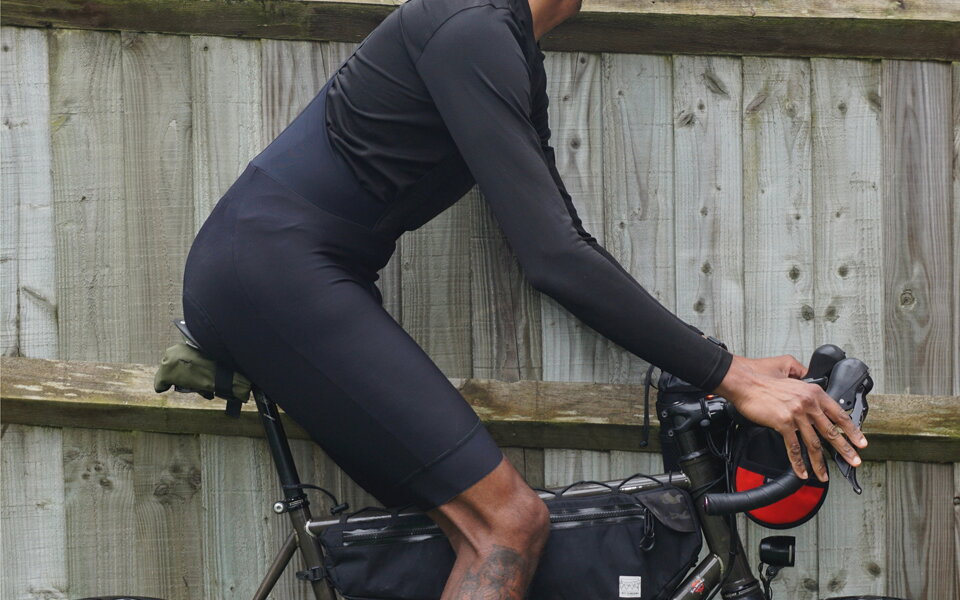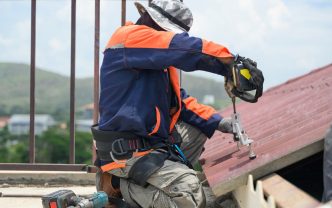When you set off at sunrise and felt your gear melt into the ride—no tugging, pinching, or distractions—you know what fantastic bib shorts do. They’re the silent backbone of comfort, remaining steady on climbs, smoothing flat roads, and staying put during sprints and coffee breaks. It takes knowing your physique, reading the details, and choosing construction that’s built for hours on the saddle to find a pair that fits.
Below, we break down what matters most, from the second-skin fit to the chamois that carries you through long days. Think insider tips with a warm, real-world vibe—so your next pair feels as if it was tailored for you.
Why Bib Shorts Matter
Bib shorts are little but powerful. They stabilise your core without a belt, keep cloth in place, and reduce friction everywhere. When they’re correct, you don’t notice; when wrong, every mile reminds you. Fit, fabric, and pad design decide whether your shorts stand out or blend in.
Nail Your Size and Fit
Start with measurements—hips, waist, and inseam—and compare them carefully to the brand’s size chart. Bib shorts should hug like a second skin: firm, supportive, and evenly compressive, but never strangling your movement or breath. If you feel pressure points at the shoulders or a tug at the crotch when standing, that’s a sign the torso length is off; if the fabric bubbles or folds when you’re in a riding position, you’re likely one size too big.
Remember that cycling position changes everything, so judge fit in the saddle. Drop into your typical riding posture and notice whether the pad sits flat, the straps lie smooth, and the legs stay anchored without rolling. Flex your hips, stand up on the pedals, and settle back—if nothing shifts, you’ve nailed it.
Choose Fabric That Breathes
Great bibs manage heat and sweat without you needing to think about it. Look for high-stretch, moisture-wicking fabrics that move with you and dry quickly, so you don’t get a steamy, clammy feel as the day warms up. Multiple panels with varied knit density are a plus—more compressive on large muscle groups, more open around heat zones.
Mesh or micro-perf panels enhance airflow, especially on bib straps and at the lower back. A smooth, slightly matte finish tends to resist pilling and helps the shorts glide under a jersey; avoid scratchy or shiny fabrics that feel plasticky against the skin. Quality textiles don’t just feel better—they hold their shape ride after ride.
The Chamois: Your Saddle’s Best Friend
The chamois (seat pad) is the heart of comfort. It cushions pressure, supports sit bones, and reduces friction where your body meets the saddle. Choose density and thickness to match your rides: thicker, multi-density pads with targeted support for long-distance efforts; slimmer, more minimal pads for short, high-intensity sessions where you want a low-bulk feel.
Focus on form and placement. A well-contoured pad should fit your body and not fold or bunch when you climb or descend. Clean seams and a smooth pad-to-fabric transition avoid hot areas after hours on the road.
Straps That Disappear on the Ride
The best bib straps are scarcely noticeable. Instead of digging into a narrow line, wide, supple straps distribute tension across the shoulders and chest. Mesh straps breathe and control sweat, while vertical give keeps the pad fixed without yanking upward.
Watch for twisting or rolling, which signals a strap that’s too narrow or too stretchy. If the straps pull uncomfortably when you stand upright, you may need a longer torso length; if they droop in your riding position, try a shorter cut. When the straps are dialed, you stop noticing them altogether.
Leg Grippers and the Right Length
Leg stability is non-negotiable. Silicone grippers or well-calibrated elastic hems keep your shorts in place without biting into your skin. Look for wide bands that spread pressure evenly; narrow, aggressive grippers can cause red rings and irritation, especially in hot weather.
Length is personal. Some riders prefer a longer leg for extra coverage and a sleek look; others go for a shorter cut that feels nimble and cool. The key is consistency—both legs should sit at the same height, and the hems should lie flat without spiraling or creeping upward as you pedal.
Built to Last: Durability and Value
True value is long-term performance, not the lowest price. Bibs that stay in rotation and those that lose form after a season differ in reinforced stitching, robust yet soft fabrics, and resilient padding. Seams along the inner thigh and chamois are most affected by movement and friction.
A well-made pair resists pilling, holds compression, and keeps its grippers effective wash after wash. Spend a bit more on timeless construction and you’ll save in the long run, with fewer replacements and more rides in gear that still feels new. Think of it as investing in comfort you can count on.
Fine-Tuning the Feel
A modest ritual should be done before a big day out after you get your pair. Kit up, ride the bike or trainer, and check the fit for 10-15 minutes. The pad should fit flat against your body, the straps should be comfortable, and the legs should stay parked without adjusting. Exchange now rather than compromise later—if anything distracts you in this short test, it will disturb you more on the road.
FAQ
How tight should bib shorts feel?
They should feel snug and supportive like a second skin, with no pinching or restriction when you move into a riding position.
Do I need a different chamois for long rides?
Yes—choose thicker, multi-density padding for endurance days and a thinner, lower-bulk pad for short, intense efforts.
Are men’s and women’s bib shorts different?
They typically differ in chamois shaping, torso length, and strap placement to suit anatomical differences and improve comfort.
Can leg grippers cause irritation?
Poorly designed or overly aggressive grippers can, so look for wide, soft bands that hold without digging.
How do I care for bib shorts so they last?
Wash on gentle with cold water, avoid fabric softeners, and air dry to preserve elasticity and pad integrity.
Are lighter fabrics better in all weather?
Light, breathable fabrics shine in heat, but in cooler or variable conditions you may prefer slightly denser textiles that balance airflow and warmth.














